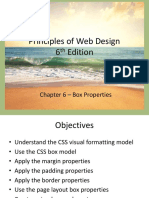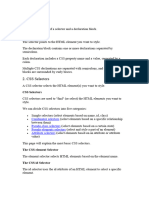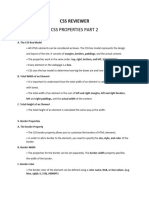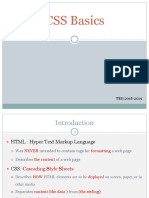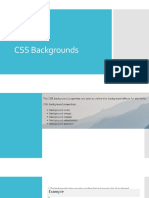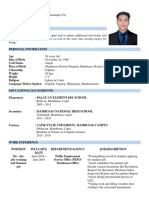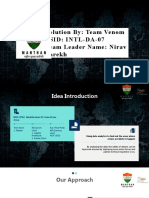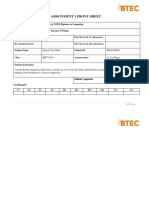0% found this document useful (0 votes)
69 views4 pagesHci Assignment 5
The assignment requires students to design at least five web pages using CSS, applying properties such as borders, margins, padding, navigation, and dropdown lists. It covers the theory of CSS, types of styles (inline, internal, external), and the CSS box model, which includes margins, borders, and padding. Additionally, it provides examples and descriptions of various CSS properties and their usage for creating interactive web pages.
Uploaded by
hekako3735Copyright
© © All Rights Reserved
We take content rights seriously. If you suspect this is your content, claim it here.
Available Formats
Download as PDF, TXT or read online on Scribd
0% found this document useful (0 votes)
69 views4 pagesHci Assignment 5
The assignment requires students to design at least five web pages using CSS, applying properties such as borders, margins, padding, navigation, and dropdown lists. It covers the theory of CSS, types of styles (inline, internal, external), and the CSS box model, which includes margins, borders, and padding. Additionally, it provides examples and descriptions of various CSS properties and their usage for creating interactive web pages.
Uploaded by
hekako3735Copyright
© © All Rights Reserved
We take content rights seriously. If you suspect this is your content, claim it here.
Available Formats
Download as PDF, TXT or read online on Scribd
/ 4

















